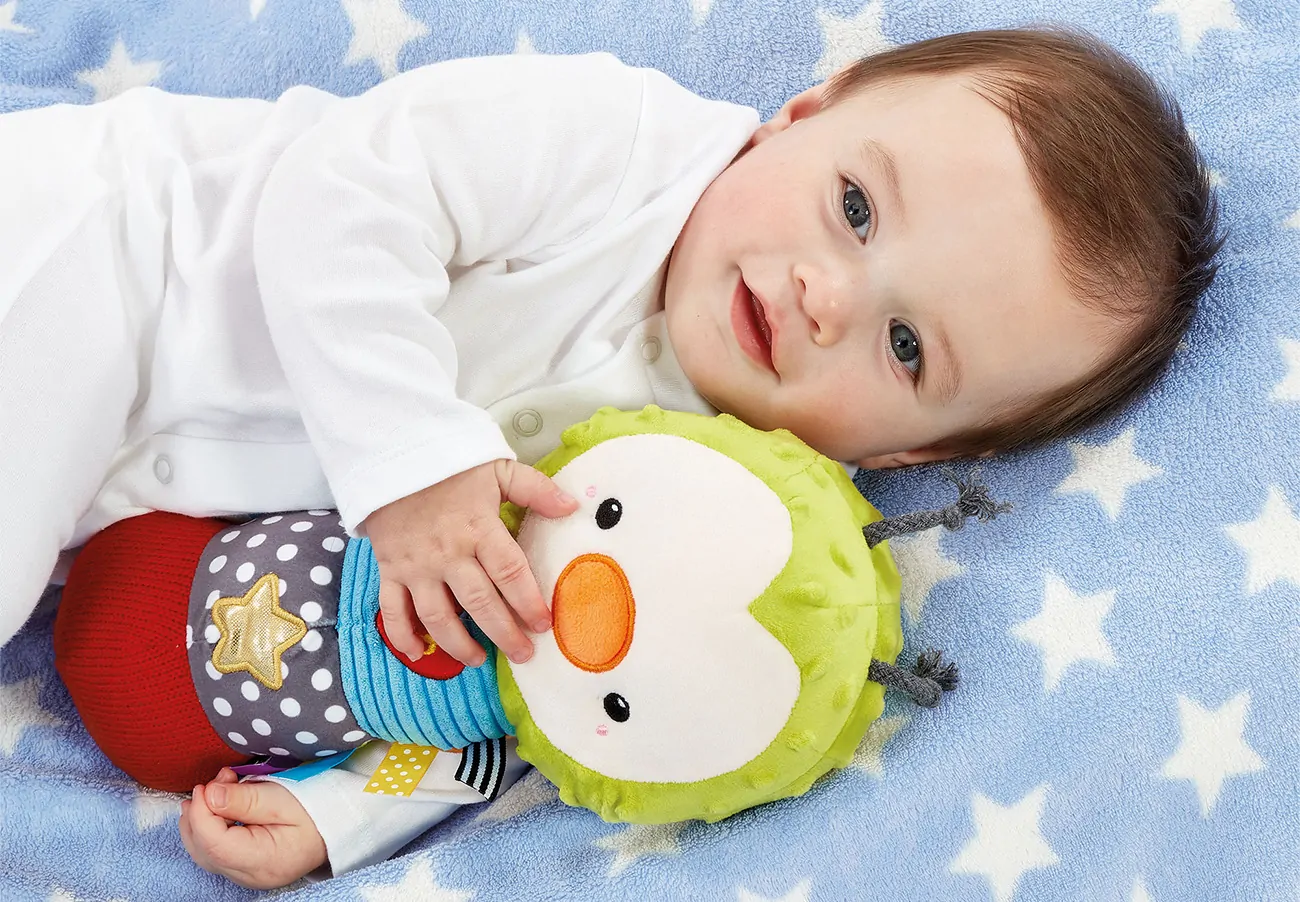The Best Toys for a 1-Year-Old: Play, Learn, and Grow
5 min read
Last Modified 3 April 2025 First Added 3 April 2025

Did you know that just 15 minutes of play can build millions of brain connections? Playing and interacting are some of the best ways to support your child’s development. Choosing the right toys can enhance their learning, motor skills, creativity, and overall growth. In this guide, we’ll look at how 1-year-olds play, how they can best be supported through play and help you find the perfect toys for your 1-year-old.
One-year-olds are naturally curious and love exploring the world through hands-on play. Understanding child development will help you select the most suitable toys for your child.
Choosing toys that align with your child’s development ensures they stay engaged and learn new skills. One-year-olds should play with toys that meet their developmental needs, help them improve skills, and are appropriate for where they are in their development.
At age one, children start recognising objects, following simple directions, and using everyday items like cups. Toys that offer a form of interaction for your child are great at getting their brains working and learning.
Pros: Encourages language development, improves problem-solving skills.
Cons: Some interactive toys may have a lot of noise, which can be overstimulating for some.
By 12 months, most babies can pull themselves up, take a few steps, and sit without support. Toys that encourage movement help develop strength and coordination.
Pros: Helps with hand-eye coordination, Encourages active movement
Cons: Some toys may require close supervision due to small parts
A soothing bedtime routine is essential for healthy sleep habits. The right bedtime toys can help children feel secure and relaxed.
Pros: Creates a calming bedtime routine, Provides sensory comfort
Cons: Some sound-based toys may disturb light sleepers
Make bath time more enjoyable with interactive toys that engage and entertain your child.
Pros: Makes bath time more fun and interactive, Encourages sensory exploration
Cons: Water toys need regular cleaning to prevent mould
Encourage fresh-air fun with these exciting outdoor toys that develop coordination and physical skills.
Pros: These toys help to develop gross motor skills, balance, and coordination while keeping children physically engaged. Encourages sensory exploration.
Cons: Outdoor toy play is weather-dependent.

Choosing the best toy for your 1-year-old should consider which toys offer the best support for your child’s development, interests, and safety. Look for:
Both have benefits, and a mix of both toy types will offer your child the best play experience. Here is a brief overview of each type of toy for comparison:
Less is more! A small selection of quality toys encourages deeper play and reduces overstimulation.
Every moment of play allows your little one to learn and grow. You can support their development by choosing the right toys while ensuring they have endless fun. Check out our range of Toys for 1-Year-Olds for more great options!
Read our disclaimers.